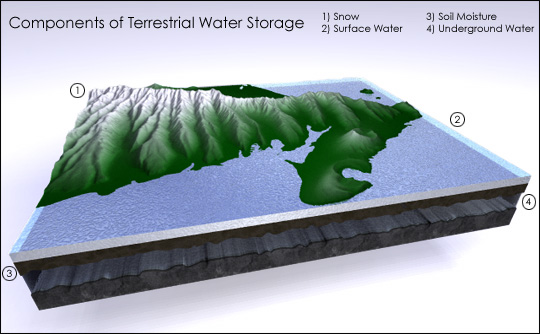From the Middle East to the Caribbean to Australia, people around the world are dealing with water scarcity.
It’s easy to look at a portrait of Earth and think of our home as a water planet. After all, 75 percent of the surface is covered with water. But the thin skin of liquid that surrounds our rocky home is misleading—if you took all the water on the planet and bunched it into a ball, that ball would be less than half the diameter of the Moon. That’s not a huge amount of water.
Plus, the proportion of water that humans can use for daily use is actually pretty small. Most of the world’s water is saltwater in the oceans. Only about three percent of the water is fresh. Half of that is locked in glaciers, the polar ice caps and snow. Read more












